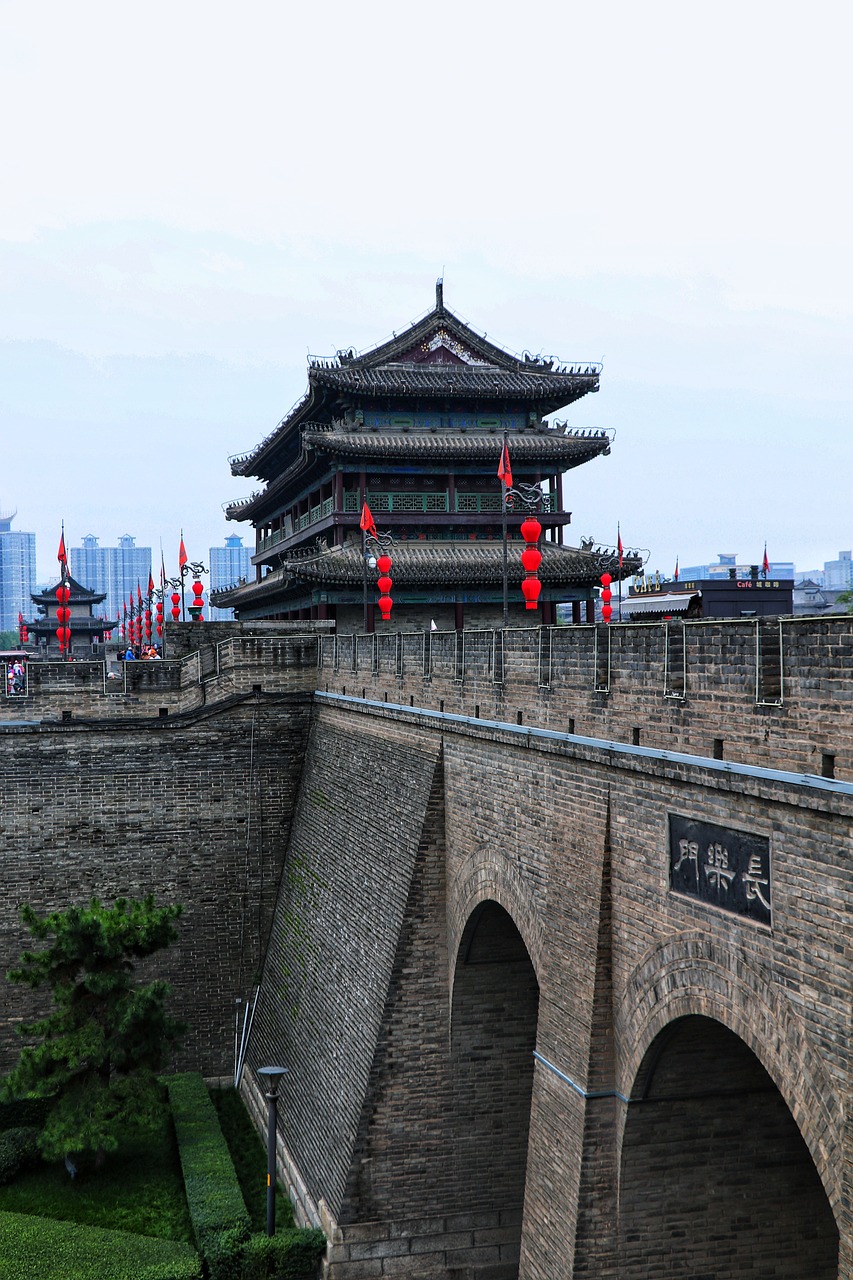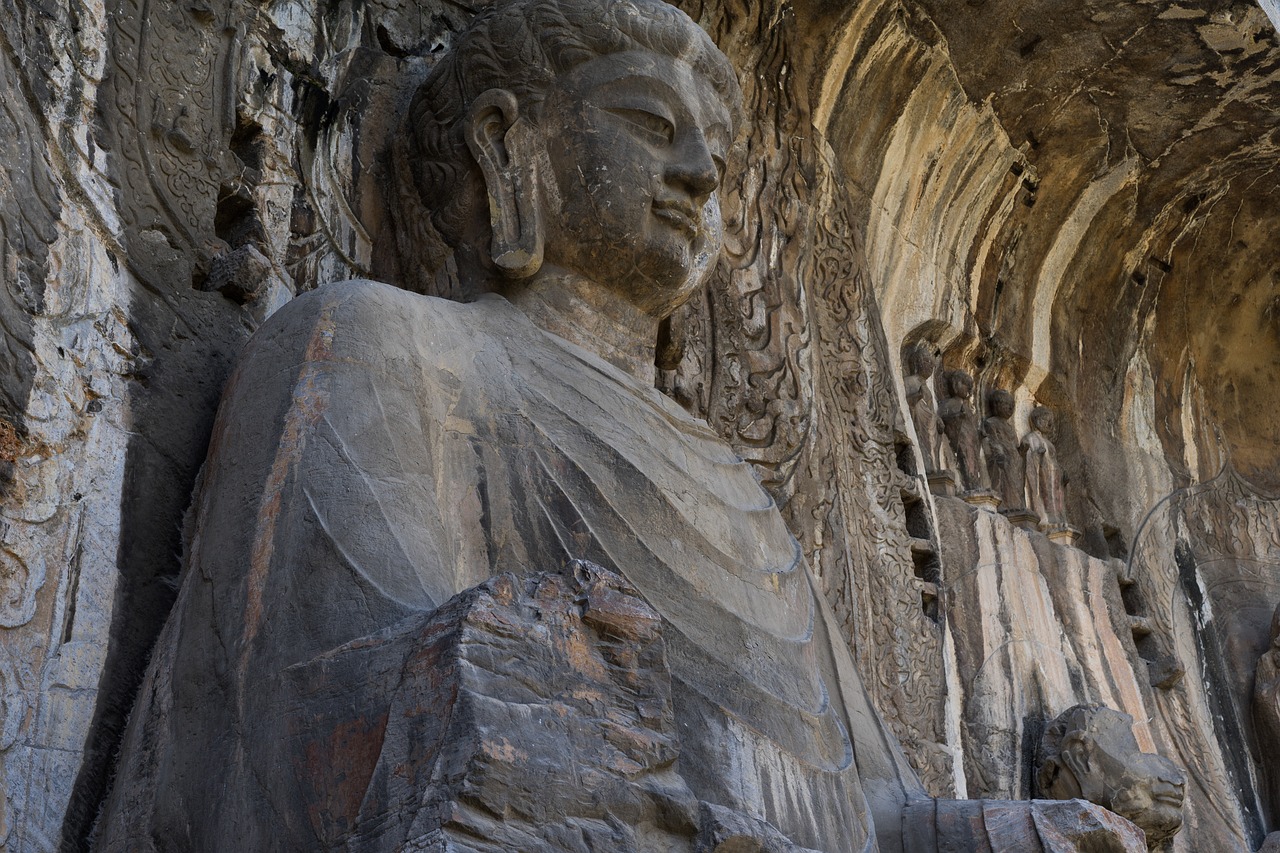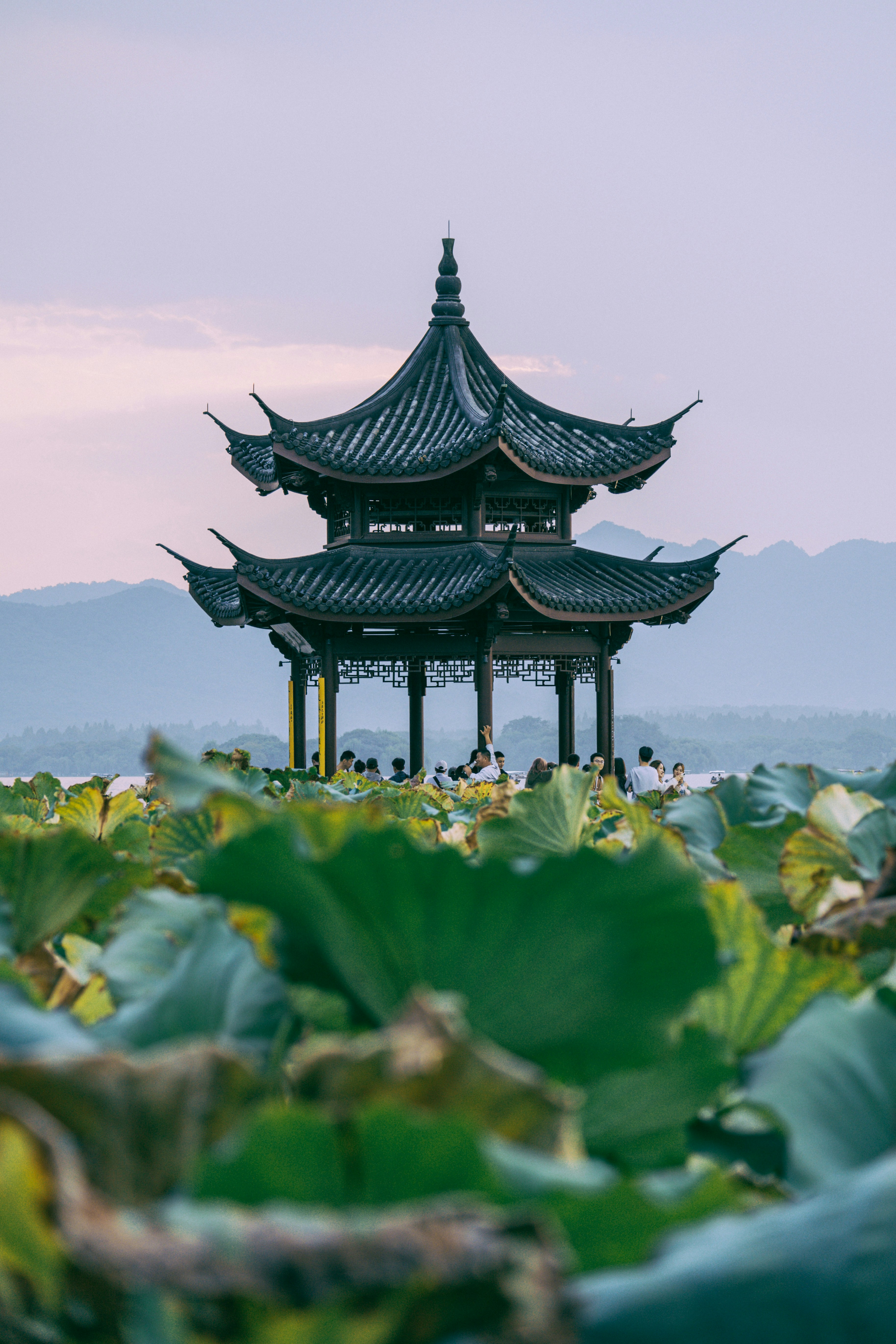China's Ancient Capitals
Majestic cities that once ruled the Middle Kingdom.
China’s long and complex history is reflected in its numerous ancient capitals, with each marking a different dynasty. These cities, some are still thriving metropolises and others are now archaeological wonders. They offer a fascinating glimpse into China’s history, and showcase the evolution of Chinese architecture, urban planning, and imperial power.
[Xi’an]/first-time-travel/xian/) 西安: The Eternal City

- Dynasty: Qin, Han, Sui, Tang
- Highlights: Terracotta Army, City Wall, Wild Goose Pagoda
- Historical Significance: As Chang’an, it was the starting point of the Silk Road
Xi’an, formerly known as Chang’an 长安, served as the capital for more dynasties than any other city in China. Its most famous attraction, the Terracotta Army, guards the tomb of Emperor Qin Shi Huang, who unified China in 221 BCE.
Explore Xi’an with:
Beijing 北京: The Northern Capital
- Dynasty: Yuan, Ming, Qing
- Highlights: Forbidden City, Temple of Heaven, Great Wall
- Historical Significance: Center of power for the last three imperial dynasties
With the Forbidden City at its heart, Beijing exemplifies Chinese geomancy and imperial urban planning. The city’s hutongs 胡同 (narrow alleys) offer a glimpse into traditional life amidst modern development.
Explore Beijing with:
Nanjing 南京: The Southern Capital
- Dynasty: Six Dynasties, Ming
- Highlights: Ming Xiaoling Mausoleum, City Wall, Confucius Temple
- Historical Significance: Capital of the Ming Dynasty before Beijing
Nanjing, meaning “Southern Capital,” also has a rich history as a cultural and political center. Its massive city walls, built during the Ming Dynasty, is one of the best-preserved in China.
Explore Nanjing with:
Luoyang 洛阳: The City of Peonies

- Dynasty: Eastern Zhou, Eastern Han, Sui, Tang
- Highlights: Longmen Grottoes, White Horse Temple
- Historical Significance: Birthplace of Chinese Buddhism
Luoyang’s strategic location in the fertile Yellow River Valley made it a natural choice for many dynasties. The nearby Longmen Grottoes 龙门石窟, with thousands of Buddhist carvings, attest to its religious importance.
Explore Luoyang with:
Kaifeng 开封: The City of Calligraphy
- Dynasty: Northern Song
- Highlights: Iron Pagoda, Dragon Pavilion, Millennium City Park
- Historical Significance: Cultural and economic center of the Song Dynasty
Kaifeng, once one of the largest cities in the world, was the capital of the Northern Song Dynasty. It was famous for its cultural achievements, particularly in painting and calligraphy.Kaifeng’s layout influenced many later Chinese cities.
Explore Kaifeng with:
Hangzhou 杭州: Paradise on Earth

- Dynasty: Southern Song
- Highlights: West Lake, Lingyin Temple, Grand Canal
- Historical Significance: Inspiration for Chinese garden design and poetry
Marco Polo once described Hangzhou as “the finest and most splendid city in the world.” Its West Lake, surrounded by temples and gardens, has inspired Chinese artists for centuries.
Explore Hangzhou with:
Anyang 安阳: Cradle of Chinese Civilization
- Dynasty: Shang
- Highlights: Yinxu ruins, Oracle Bone pits
- Historical Significance: Earliest archaeological evidence of Chinese writing
The ruins of Yin, the last capital of the Shang Dynasty, provide invaluable insights into early Chinese civilization, including the origins of Chinese writing in the form of oracle bone inscriptions.
Explore Anyang with: